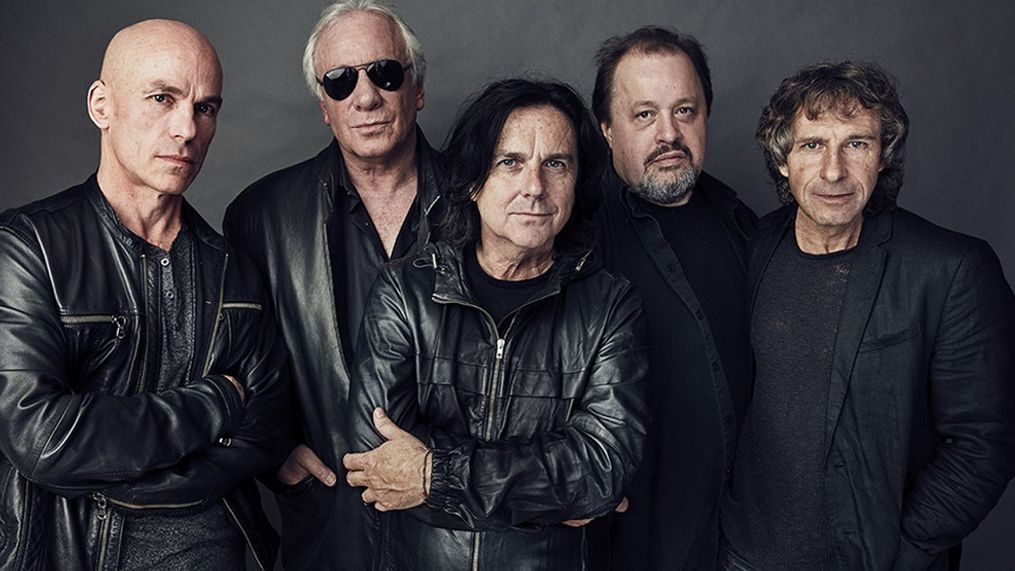
The Evolution Of Marillions Sound Over The Decades
The Evolution of Marillion's Sound Over the Decades
Marillion, a band that has stood the test of time since its formation in 1979, has undergone a significant transformation in its sound over the decades. While they initially captured the essence of progressive rock with their early albums, their journey has taken them through various musical landscapes, showcasing their versatility and creativity. Throughout the years, Marillion has not only adapted to the changing tides of the music industry but has also carved out a unique identity that resonates with both old and new fans.
The Early Years: Post-Punk Influences
In the early '80s, Marillion emerged as a prominent figure in the neo-progressive rock scene. Their debut album, "Script for a Jester's Tear," introduced listeners to their theatrical style, emotive lyrics, and expansive musical arrangements. With lead singer Fish at the helm, the band's sound was heavily influenced by the post-punk movement, incorporating a darker, more introspective tone. The synergy between Fish's lyrical storytelling and the intricate instrumentals laid the foundation for their signature sound of that era.
The Transition: From Fish to Hogarth
The mid-'80s marked a turning point for Marillion with the departure of Fish and the introduction of Steve Hogarth as the new lead vocalist. This transition was pivotal in shaping the band's future direction. With Hogarth's arrival, Marillion embraced a new wave of sound, incorporating elements of pop and alternative rock into their music. Albums like "Seasons End" and "Holidays in Eden" reflect this evolution, featuring more melodic structures and polished production. The band began to explore themes of personal introspection and social commentary, broadening their lyrical scope and appealing to a wider audience.
The 1990s and Beyond: Embracing Experimentation
As the '90s rolled in, Marillion continued to evolve, releasing a series of albums that further showcased their willingness to experiment. "Brave," released in 1994, is often cited as one of their most ambitious works, weaving a complex narrative around a young woman’s plight and utilizing innovative storytelling techniques. The sound became more diverse, blending rock, ambient, and even orchestral elements. This commitment to artistic exploration culminated in "Marbles," where the band drew upon the internet for fan engagement, demonstrating their adaptability in the changing music landscape. The Marillion shop became a key platform for fans to access exclusive content, merchandise, and even music, solidifying the band's connection with their audience.
The Modern Era: Continuing the Legacy
In the 21st century, Marillion has continued to push the boundaries of their sound, producing albums like "Sounds That Can’t Be Made" and "F.E.A.R." These works reflect a matured approach, integrating socio-political themes and personal experiences into their music. The use of modern production techniques and sonic experimentation enriches their sound while retaining the essence of what defines Marillion. The band has mastered the art of fusing classic progressive rock with contemporary influences, ensuring their relevance in an ever-changing music scene.
A Timeless Journey
Marillion's journey through several distinct musical phases is a testament to their resilience and creativity. The evolution of their sound mirrors the band's ability to adapt while staying true to their artistic vision. From the emotive storytelling of Fish era to the innovative exploration of Hogarth-led projects, Marillion has continually redefined themselves. The Marillion Shop stands as a beacon for fans, offering not just merchandise but a deeper engagement with the band's ongoing journey. As they move forward, one thing is clear: Marillion’s evolution is far from over, and their legacy will continue to inspire generations to come.
